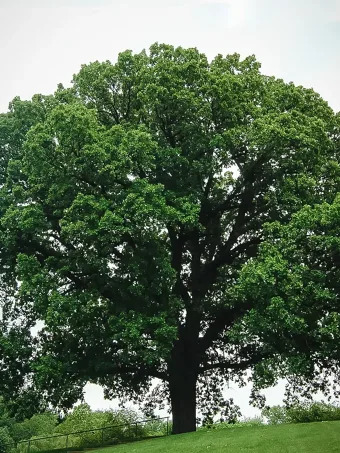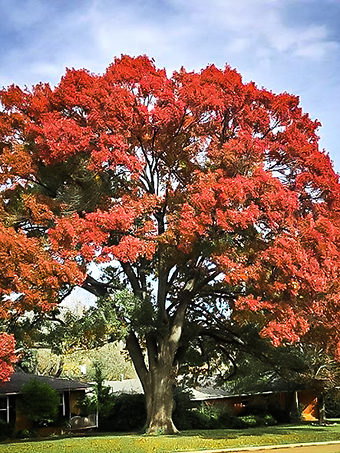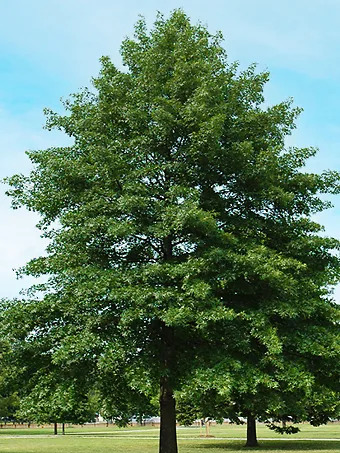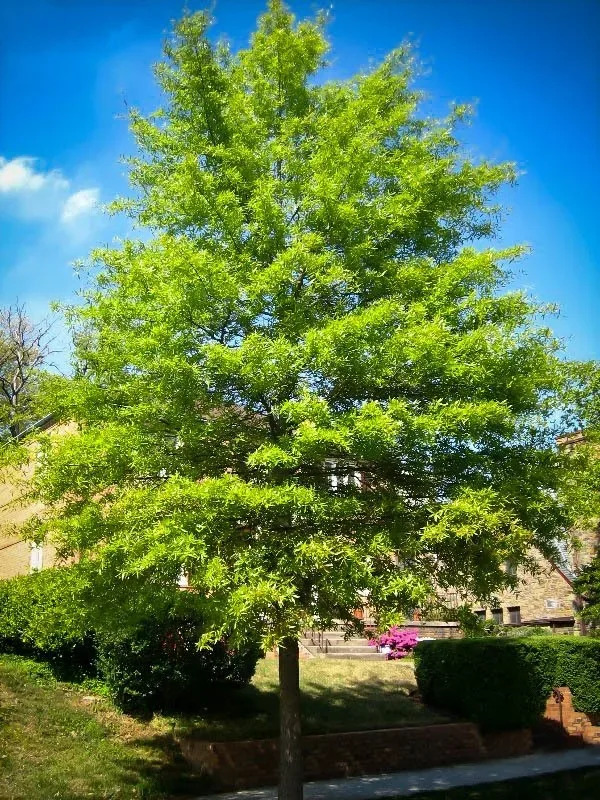
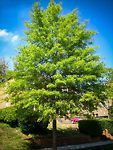



Willow Oak Tree
Qurecus phellosView more from Oak Trees
Willow Oak Tree
Qurecus phellos
Select size
Size Guideselect quantity
Buy in monthly payments with on orders over $50.Prequalify now
on orders over $50.Prequalify now
this item doesn’t ship to
Quercus phellos has many names, with the most common being willow oak, pin oak, peach oak and swamp chestnut. This is a tree that thrives in moist to wet soils and is often found flourishing alongside water courses, hence swamp chestnut. It’s a tree that offers many textures and colors throughout the year with its delicate willow-like leaves that display beautiful autumnal shades in fall, deep green foliage in summer and light green leaves in spring. It is ideally suited as a shade tree, but also offers a rich food source for a wide range of birds that will flock to your garden to eat its tiny and abundant acorns. Between February and May it displays small delicate flowers and soft, hairy pendulous catkins with the size and density of the tree appealing to many small animals like grackles, flickers and flying squirrels. A fast-growing and impressive tree, it is perfect for that touch of grandness along avenues and gracing the lawns and gardens of large residences.

Botanical Name:
Qurecus phellos
Mature Width:
25-50 ft
Mature Height:
40-75 ft
Grows Well In:
Zones 5-9

Sun Needs:
Full Sun
Water Needs:
Low
Growth Rate:
Fast






